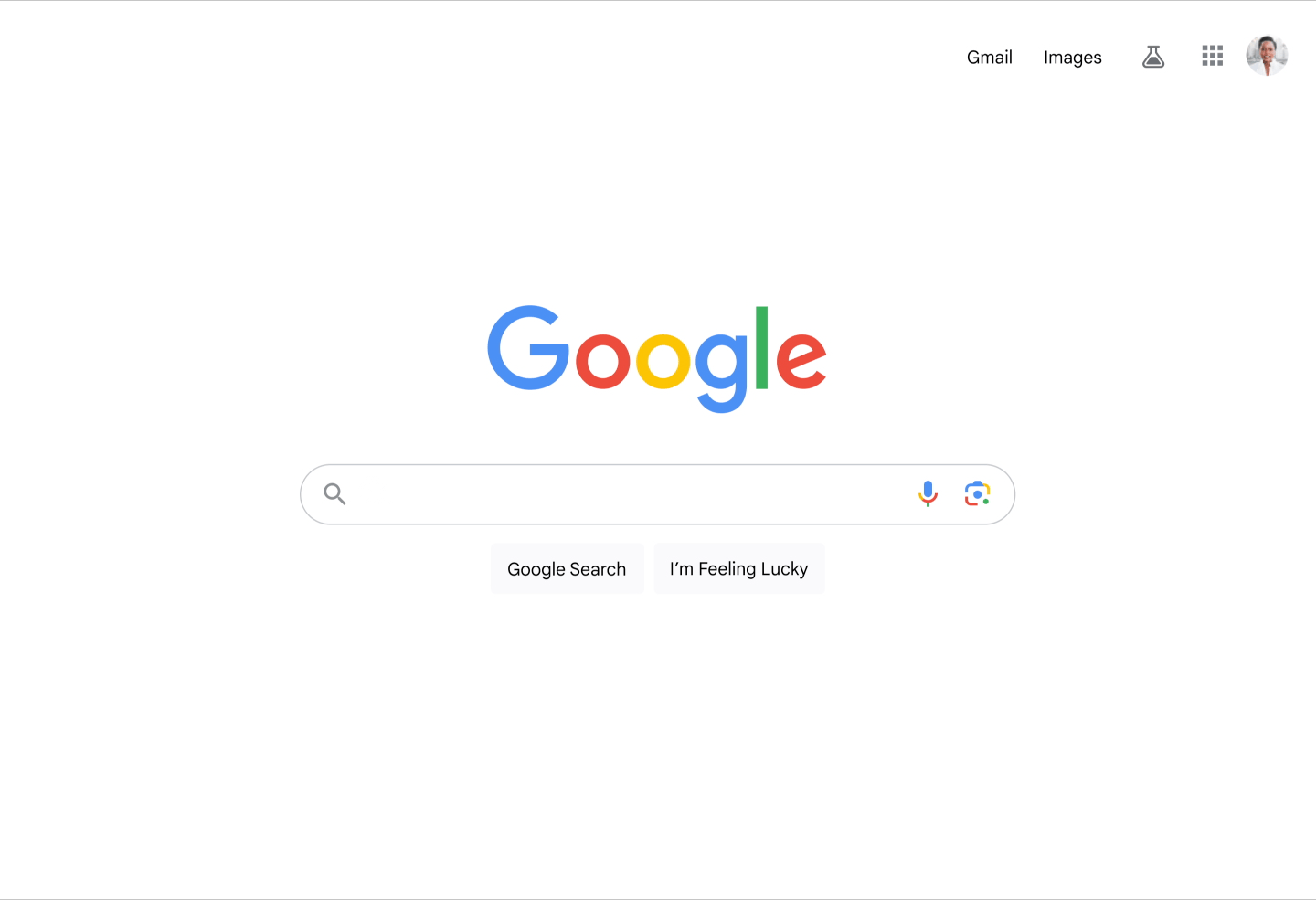Google said Thursday that users of its AI-powered Search Generative Experience (SGE) can now generate images directly from the search bar. Some observers pointed out that Google made the changes only because it has struggled to monetize the SGE search feature.
In a blog post, the company said people that have opted in to SGE via Google’s Search Labs program can type a query into the Google search bar, and the engine will create four picture options from which to choose and refine further.
SGE now also allows users to write and customize drafts within the platform, with options to adjust the length and tone of the writing, according to Google’s Hema Budaraju.
Also read: How Google’s UUpgraded Assistant Challenges OpenAI’s ChatGPT
How to generate AI images on Google search
Google’s new AI image generator works in the same way as rival Microsoft Bing Chat, which uses the Dall-E model from OpenAI. With the SGE’s latest feature, people can specify the type of image they want, whether a photo, drawing, or painting, for example.
After that, they can pick from any of the four image search results, which can be downloaded as png files, or edit the query that Google used to create the images to generate a new set.
In a GIF, Google demonstrated how the tool, which is powered by the company’s Imagen text-to-image model, can be leveraged to generate images based on the prompt “draw an image of a capybara wearing a chef’s hat and cooking breakfast.”

According to Google, the same tool will also be available on Google Images. If users fail to find the image they are looking for in search results, they have the option to create a new image using prompts from a box that appears in Google Images search results.
To use Google’s example, if one is searching for “minimalist halloween table settings” or “spooky dog house ideas,” they can type that description into the search bar, and Google will create an image based on that.
Google also revealed that it is adding a new AI-powered writing assistant within search. The tool allows users to put together queries and notes based on their search activity.
People can ask SGE “to write a note to a contractor asking for a quote to turn my garage into a home office.” The final note can be exported to Gmail or Google Docs.
Critics weigh in
Google has made several improvements to its Search Generative Experience since its launch in March this year. SGE can now do stuff like write AI-driven summaries and create definitions of unfamiliar terms. It gained improved ability to write code as well as travel search features.
While the California-based tech giant has been building its AI capabilities at its own pace for years, the success of ChatGPT forced Google to speed things up. Rival Microsoft’s Bing was already seeing huge growth after getting several AI upgrades, with downloads rising 10-fold.
Hema Budaraju, a senior director at Google, said the AI image-generation feature will initially be available in English in the U.S. to people who are over 18, even though the company allowed teens under 17 to opt-in to SGE. He said the idea is to prevent abuse.
“We’re building safeguards into this experience and blocking the creation of images that run counter to our prohibited use policy for generative AI, including harmful or misleading content,” Budaraju wrote in the blog post.
“And every image generated through SGE will have metadata labeling and embedded watermarking to indicate that it was created by AI.”
Some observers have suggested that Google’s latest changes to SGE are only motivated by the company’s failure to make money from the product.
“Google is probably starting to realize it’s hard to monetize SGE, and people’s appetite for ‘AI everywhere’ is drying up. The result? SGE is shrinking more and more in its experimental version,” said Hungarian entrepreneur Gael Breton on Twitter, now X.
Google is probably starting to realize it's hard to monetize SGE, and people's appetite for "AI everywhere" is drying up.
The result?
SGE is shrinking more and more in its experimental version. https://t.co/HyXBnqzpRN
— Gael Breton (@GaelBreton) October 9, 2023
A recent Wall Street Journal report revealed that many of the big technology companies are struggling to turn their AI product offerings into profits. Microsoft, for example, is losing $20 to $80 per user each month due to high computing costs, according to the report.









 and then
and then